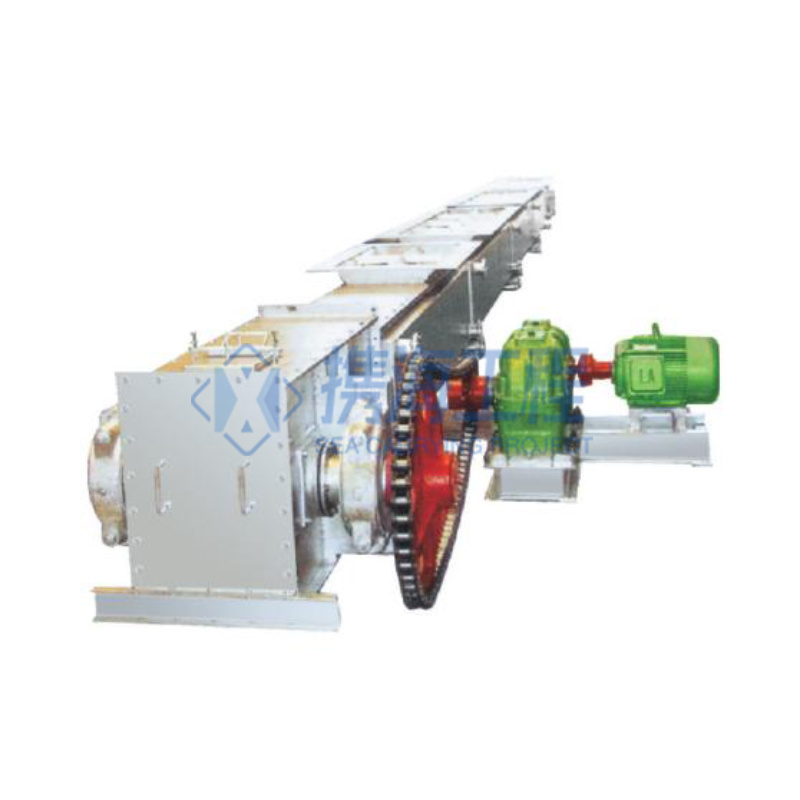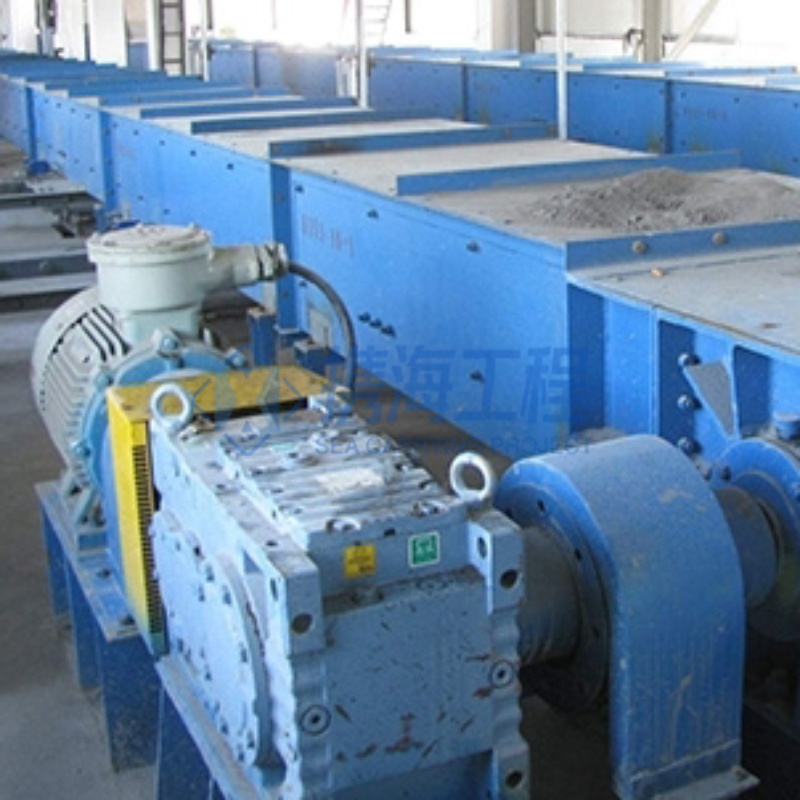Expert of Systematic Overall Solution for Calcium Material Resource Utilization
-
ProductPioneer In Calcium Material Industry Services, Renowned Globally For Exceptional Quality.Marketing & ServiceNational Service Hotline:
-
SolutionEngineering Service Provider Empowering New Technologies For Calcium Carbonate.Marketing & ServiceNational Service Hotline:
-
CaseExperts In Calcium Stone Industry Engineering With A Deeper Understanding Of Craftsmanship.Marketing & ServiceNational Service Hotline:
-
InnovationSurvive By Quality, Develop Through Innovation.Marketing & ServiceNational Service Hotline:
-
BlogsPeople-Oriented, Advocating Technology, Customer First, Win-Win Cooperation.Marketing & ServiceNational Service Hotline:
-
AboutInnovator In Calcium Materials Industry, Global Service Leader.Marketing & ServiceNational Service Hotline:
Understanding Conveying Equipment: Key Components for Efficient Industrial Operations
Nov 14,2025

One of the primary types of conveying equipment is the belt conveyor. These systems consist of a belt that moves continuously over pulleys, transporting products along a designated path. Belt conveyors are versatile and can handle a wide range of materials, from bulk items to packaged goods. They are particularly useful in applications where a continuous flow of materials is required, such as in assembly lines or bulk material handling.
Another important category of conveying equipment is the chain conveyor. These systems utilize linked chains to move products along a predefined route. Chain conveyors are robust and can handle heavy loads, making them an excellent choice for industries such as automotive manufacturing and heavy machinery assembly. Their design allows for precise control over the movement of products, reducing the risk of damage during transport.
In addition to these traditional types, there are also specialized conveying systems, such as screw conveyors and pneumatic conveyors. Screw conveyors use a rotating helical screw blade to move materials, making them ideal for transporting bulk solids like grains or powders. Pneumatic conveyors, on the other hand, utilize air pressure to move materials through a pipeline, making them suitable for applications involving lightweight or granular substances.
The components of conveying equipment are equally important in determining its efficiency and reliability. Key components include motors, pulleys, gearboxes, and rollers, all of which work together to ensure smooth operation. For instance, the motor provides the necessary power to drive the system, while the pulleys and rollers facilitate the movement of the belt or chain.
Maintenance is another critical aspect of conveying equipment. Regular inspections and upkeep of components can significantly extend the lifespan of the equipment and prevent costly downtime. Implementing a proactive maintenance schedule can help identify potential issues before they escalate, ensuring that the conveying system operates at peak efficiency.
In conclusion, conveying equipment is integral to industrial operations, impacting productivity and efficiency. By understanding the various types of conveying systems, their components, and the importance of maintenance, businesses can optimize their material handling processes. This knowledge will not only improve operational effectiveness but also contribute to a more streamlined and cost-effective production environment.
Previous article
COOKIES
Our website uses cookies and similar technologies to personalize the advertising shown to you and to help you get the best experience on our website. For more information, see our Privacy & Cookie Policy
COOKIES
Our website uses cookies and similar technologies to personalize the advertising shown to you and to help you get the best experience on our website. For more information, see our Privacy & Cookie Policy
These cookies are necessary for basic functions such as payment. Standard cookies cannot be turned off and do not store any of your information.
These cookies collect information, such as how many people are using our site or which pages are popular, to help us improve the customer experience. Turning these cookies off will mean we can't collect information to improve your experience.
These cookies enable the website to provide enhanced functionality and personalization. They may be set by us or by third-party providers whose services we have added to our pages. If you do not allow these cookies, some or all of these services may not function properly.
These cookies help us understand what you are interested in so that we can show you relevant advertising on other websites. Turning these cookies off will mean we are unable to show you any personalized advertising.
Telephone
Company Address
Weier Business 801, No. 92 Huai'an East Road, Yuhua District, Shijiazhuang City, Hebei Province






